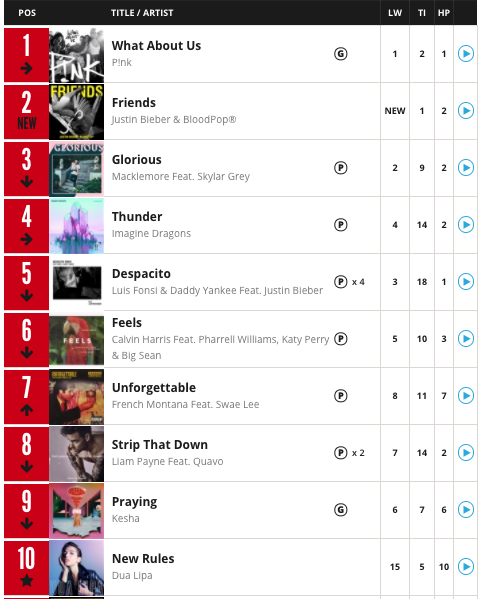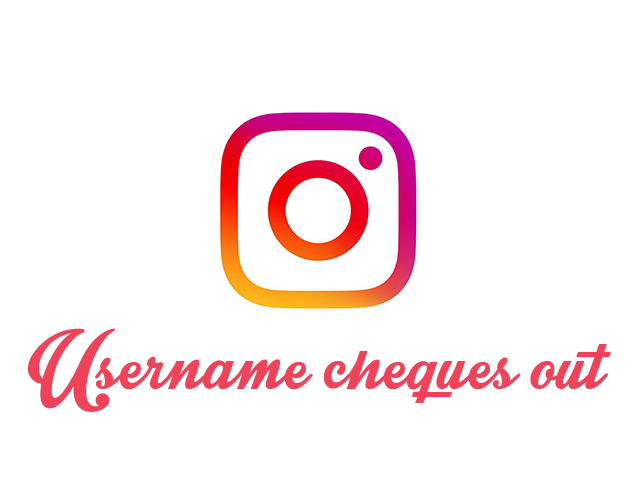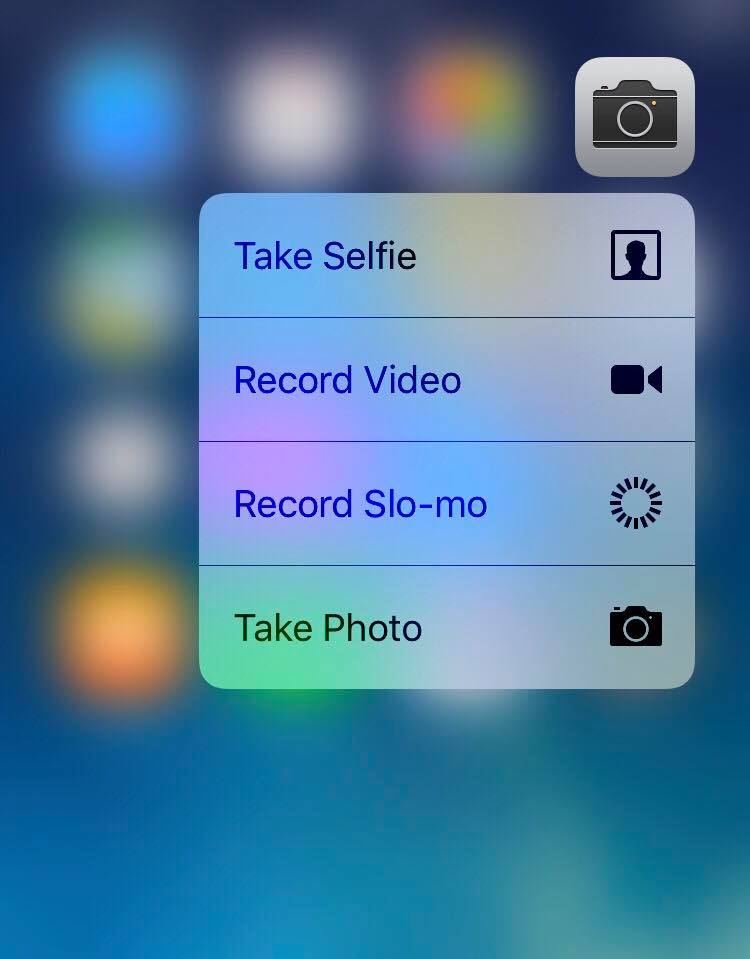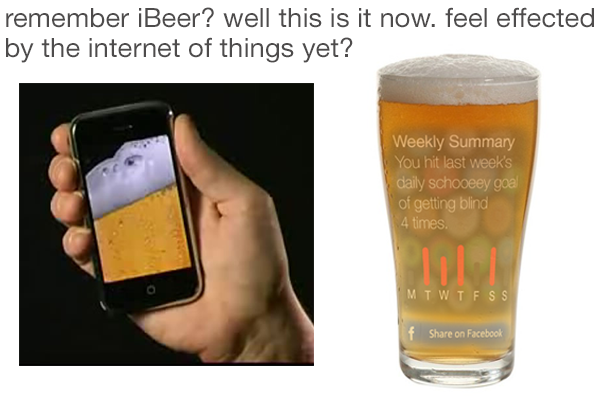Can a death at an actual funeral steal the show away from the person who is being celebrated? Considering the situational irony of the circumstance, it’s hard to say…however the family sure can.
Death At A Funeral is a 2007 British black comedy film directed by Frank Oz with a screenplay written by Dean Craig. It features an ensemble cast including Peter Dinklage, Alan Tudyk, and starring Matthew Macfadyen as protagonist Daniel. The patriarch of a family has passed and the responsibility of organising his funeral has been bestowed upon his son Daniel. This involves financing it, ensuring all guests arrive (including his late father which is apparently a tall order in its own right according to the undertaker) and containing the chaos that ensues. In the midst of all this responsibility his own insecurities as an aspiring novelist are put to the test as he prepares the eulogy; much to the surprise of friends and relatives as the only contribution his successful novelist brother Robert will be making at all, is a crack at the recently 18 year old daughter of a family friend.
It’s the film where everything could go wrong and it does. Where the worst outcome of a situation is constantly anticipated and unfortunately delivered. Whether it’s Simon, who’s stressed about the approval of his fiancees’ Father, mistakes valium for a hallucinogenic drug in an effort to calm his nerves. Or the germaphobic Howard who has the responsibility of taking care of Daniels senile wheel chair bound Uncle Alfie. Or the mysterious dwarf that nobody seems to know who could quite possibly ruin legacy Daniel is trying so desperately to retain of his father. If this film were an improv class, the funeral ceremony would function as a prop for a group of a inept individuals who keep bouncing the idea of complete chaos off each other. Each of the characters portrayed contribute directly or indirectly to the the disaster looming.
Clearly this funeral was an overnight stay cause it appears every attendee has brought their own baggage to the ceremony. The characters within the film fail to show any remorse or sympathy for the deceased or to those who are effected by it. Any stress or angst induced by the ceremony is out of self-interest – preventing the outcome of their own mistakes.The film is largely contained within a single location – Daniels’ parents house. The single location creates a sense of entrapment, which renders the characters constantly trying to resolve the problems they’ve created with no sure sign of escape. The absurdity of certain scenarios often leaves you wondering where did this all begin?
The films title creates constant speculation for the viewer as to whether which character dies at this funeral or whether the title carries more of an abstract meaning with little literal connection to the events of the film. Irrespective of its apparent foreshadowing of the events within the film, the film title in isolation is ironic and is incredibly fitting considering it is a film within the genre of black comedy. By its nature a black comedy film creates humour out of tragedy and bestows ambivalence upon the audience towards the tragedy that is open to comic interpretation (Schachtman, B.N. pp.167); creating an anxiety in which laughter is the catharsis. It’s this ambivalent nature that is evident in throughout the film as a casket becomes a stage for comedy. Matthew Winston states the genre concerns “horrible events, unhappy people, anarchy and chaos” (Schachtman, B.N. pp.176) and this is what is portrayed within the film. The boundaries of what is socially accepted must be pushed in order to create the type anxiety necessary to create the ambivalence (Schachtman, B.N. pp.176. The defiance of what is socially accepted truly makes for majority of the humour. Funerals formally require significant amounts of sincerity that must be fulfilled. Humour is created through comically exploiting the anxieties that are often faced whilst at a funeral – desperation to create the perfect ceremony that will gracefully preserve the legacy of the deceased with high levels of reverence and sincerity. Because the person of honour is deceased it appears as the only event that cannot afford mistakes, where this reverence cannot be broken. Black comedy allows for the exploration of how a death and by extension a funeral effects everyone, except the person deceased. It bares no apprehension in delving into the honest brutality of life and the inexorability of death, and in-between the farce and absurdity, it makes apparent how self-absorbed people can be, especially when the gritty complexities of inheritance play a part.
The context of a funeral creates so much room and potential for comic pursuit within a genre of film where tragedy is made comedic and considering death is the greatest tragedy there is. However death isn’t the joke, how a death is dealt with is. No one wants to intentionally disrupt the service for comedic effect, fulfilling the ceremony is relatively in the best interest of everyone the comedic effect is a consequence of circumstances beyond control.
The climax of the film is met with a collision of events that have gradually escalated over the film and any attempt to cover up anything that will interfere with the sanctity of the ceremony is laid bare. It is in this moment that Daniel delivers his eulogy extending this sentiment of honesty, which was the only thing that worked to protect his fathers legacy.
This film is very enjoyable to watch. Its ability to create anticipation of the events to follow will maintain audience captivation. In and around the absurdity and improbable scenarios are certain truths about grieving that are dismissed through death. Fast paced and an easy watch.
Rated 5/6 Feet Under.
Benjamin Nathan Schachtman (2005) “Black comedy” in Comedy: A geographic and historical guide, Volume I ed. Maurice Charney, Westport CT.: Greenwood Publishing.
Death At A Funeral 2007, Stan streaming service, Verve Pictures UK, directed by Frank OZ
Zoller Seitz, M (2007). ‘Death ‘n’ Yucks, Hallucinogens ‘n’ Stiff Upper Lips. The New York Times, Viewed 30 September 2017, <http://www.nytimes.com/2007/08/17/movies/17fune.html>




